Stor, svängd triton med mansöverkropp och fiskstjärtar.
Skulpterad på tre sidor. Skulpturen är svängd mot vänster, sett från betraktaren. Tritonens ansikte och bål är vridna mot höger. Ansiktet är slätrakat och inramas av ringlande hårlockar. På hjässa bär tritonen en turbanliknande huvudbonad och vid vänster tinning ses ett stort snäckskal.
Armarna är ersatta av spiralliknande voluter. Överkroppen är täckt av en tunn, läderliknande klädnad som låter bålens muskler avteckna sig. Stora, bladlika flikar döljer övergången till underkroppens tudelade fiskstjärt.
Upptill är tritonen snett avslutad och dess högra sida, vänster sida sett från betraktaren, är utdragen i en spets. Vänstra sidan är avfasad och har utgjort anliggningsyta. Baksidan, som har utgjort anliggningsyta, har upptill ett snett, djupt och något avrundat urtag. Något längre ned, utmed höger kant, sett från betraktaren, återfinns en bred fasning.
Skulpturen är välbevarad, dock något sliten.
Text in English: A large curved Triton with male torso and fish-tails.
Sculpted on three sides. The sculpture curves to the observer''s left. The Triton''s face, which with the torso, is twisted to the right, is clean-shaven and framed by ringlets of hair. On the crown of the head is a turban-like headgear with a large sea shell on the left temple.
In place of arms, there are spirally rolled volutes. The upper part of the body is covered by a thin leather-like article of clothing that reveals the muscles of the torso, large leaf-like forms conceal the transition to the Triton''s lower parts which terminate in a double fish-tail.
Upwards, the Triton terminates crookedly, and its left side (the observer''s right) is extended into a point. Its left side is bevelled and has served as the attachment surface, along with the backformed as an attachment surface. The upper part of the back have a triangular cut-out hole and an obliquely placed cut-out hole that is somewhat rounded and conspicuously deep. Somewhat lower down there is a broad fastening.
The sculture is well preserved, but somewhat worn.

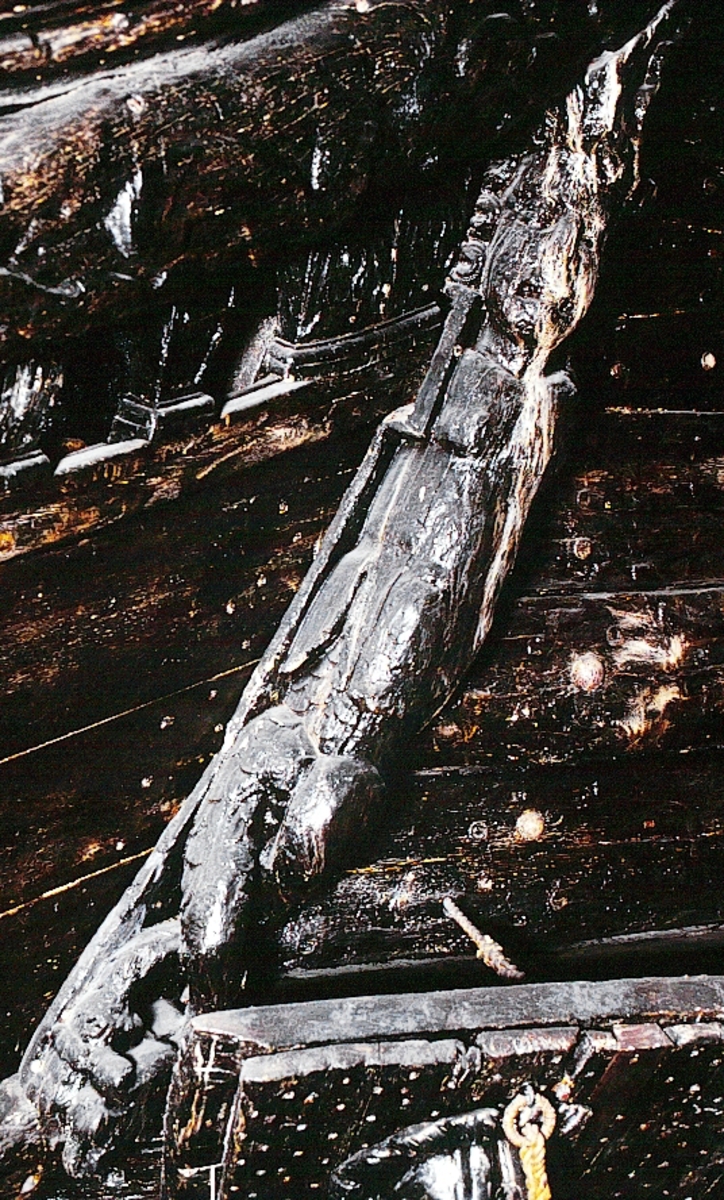


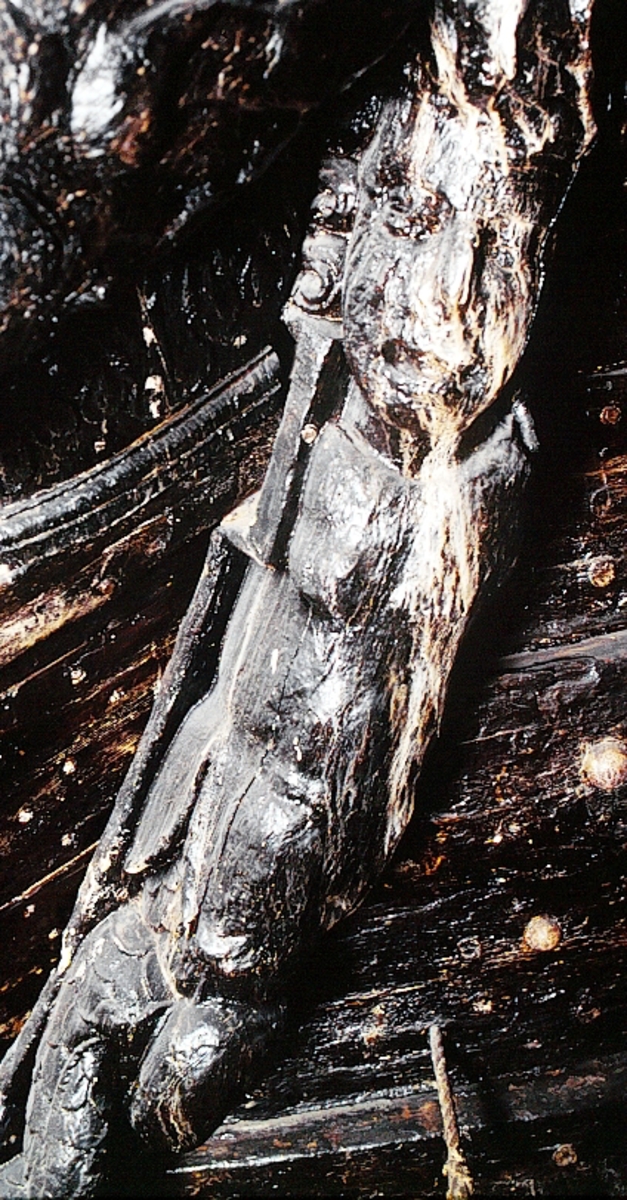

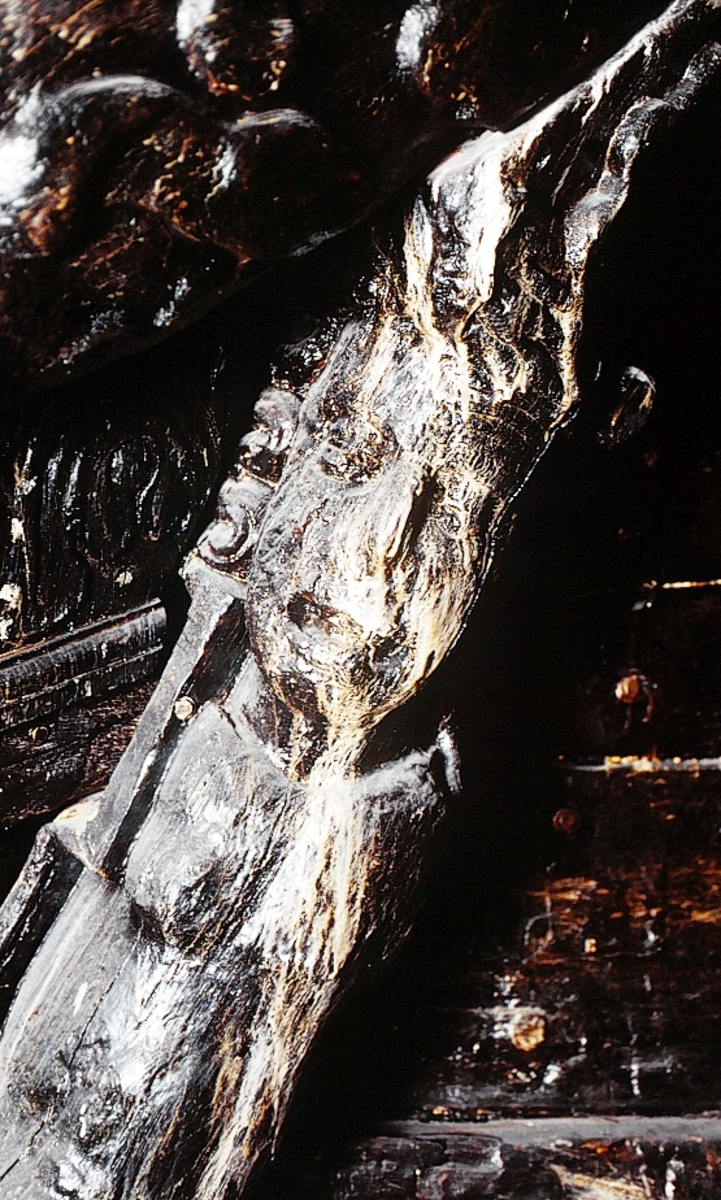
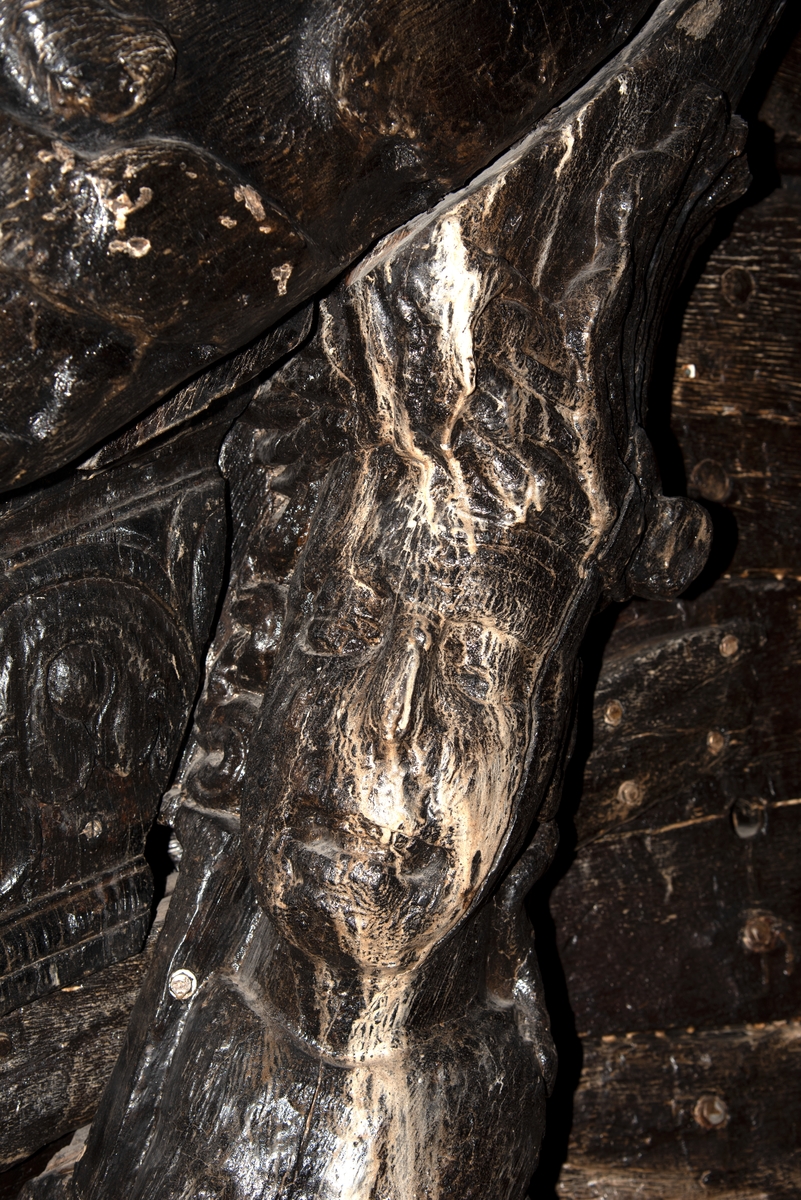
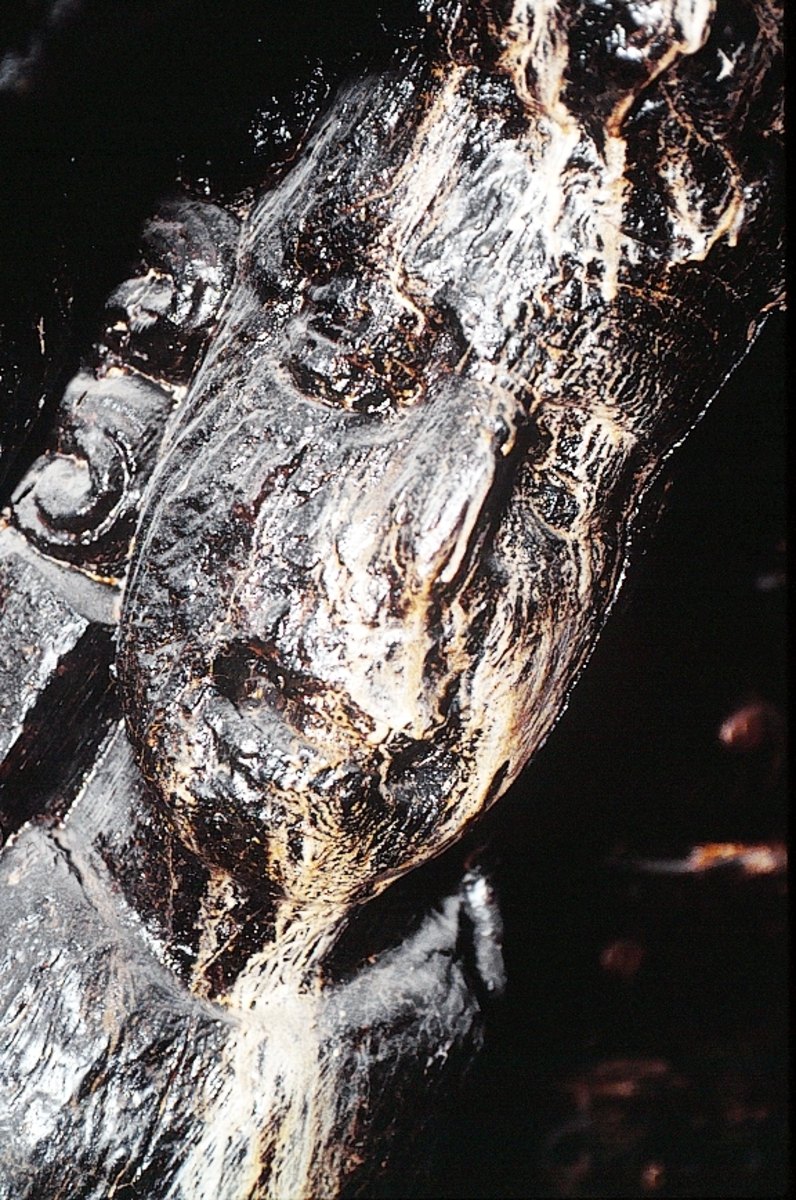
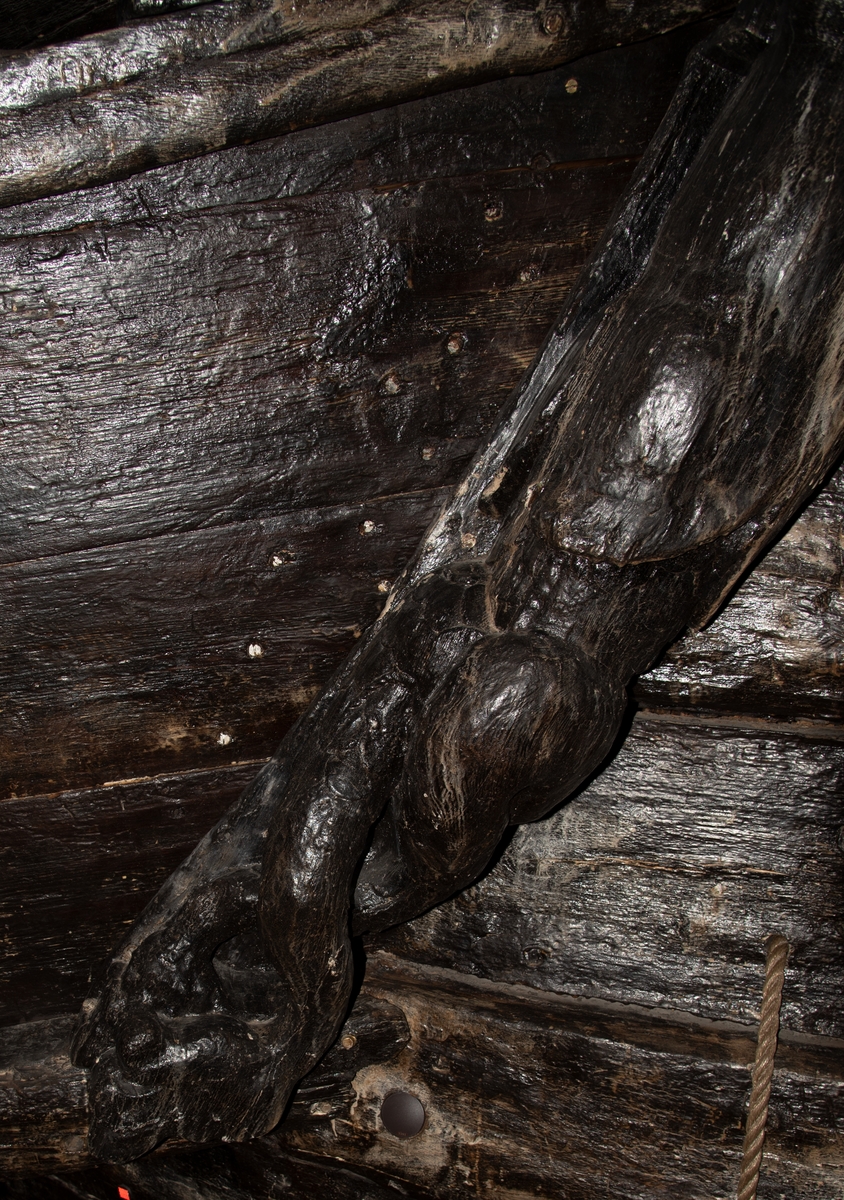
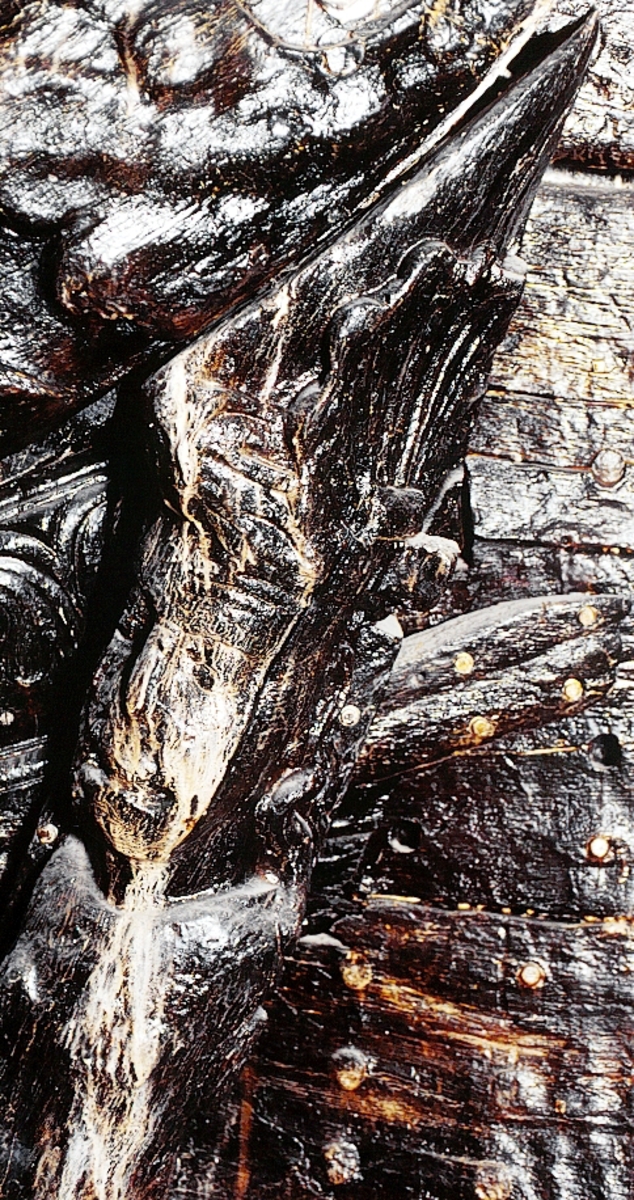
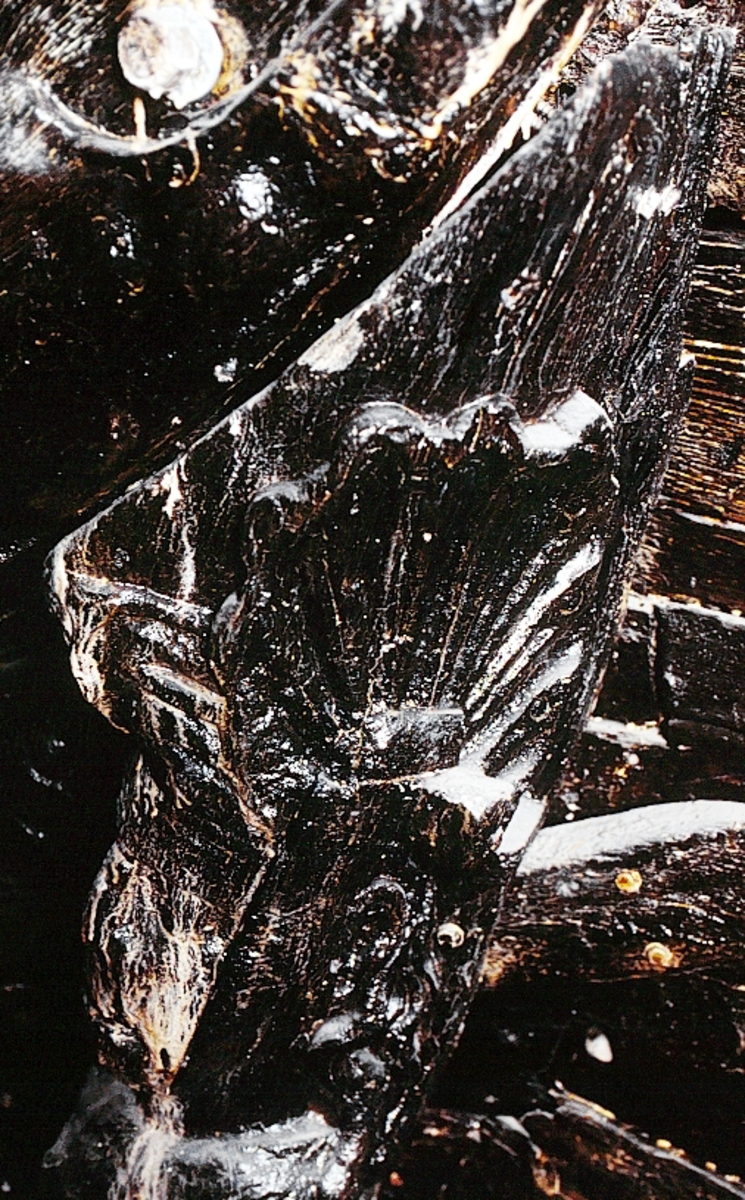
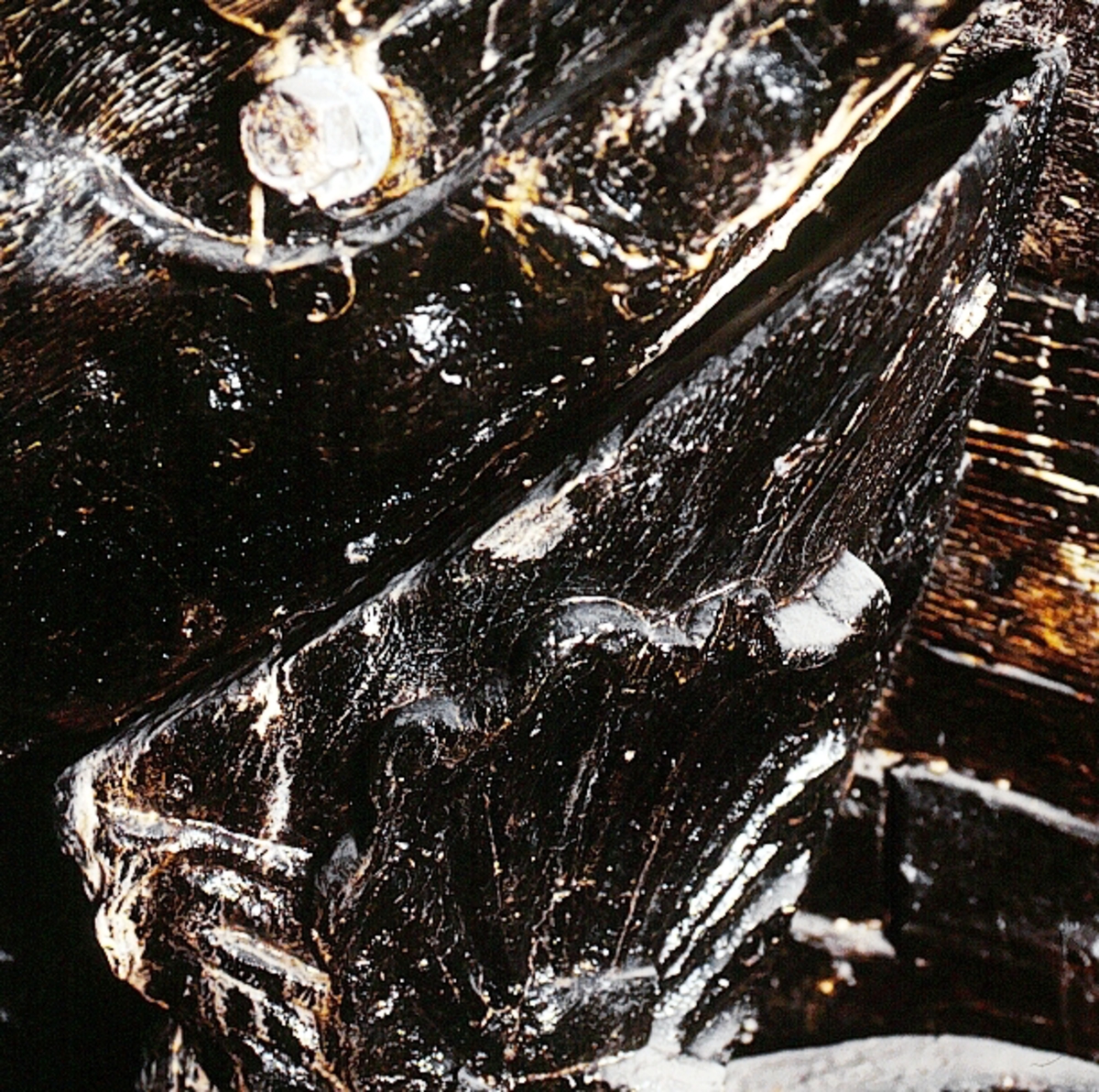
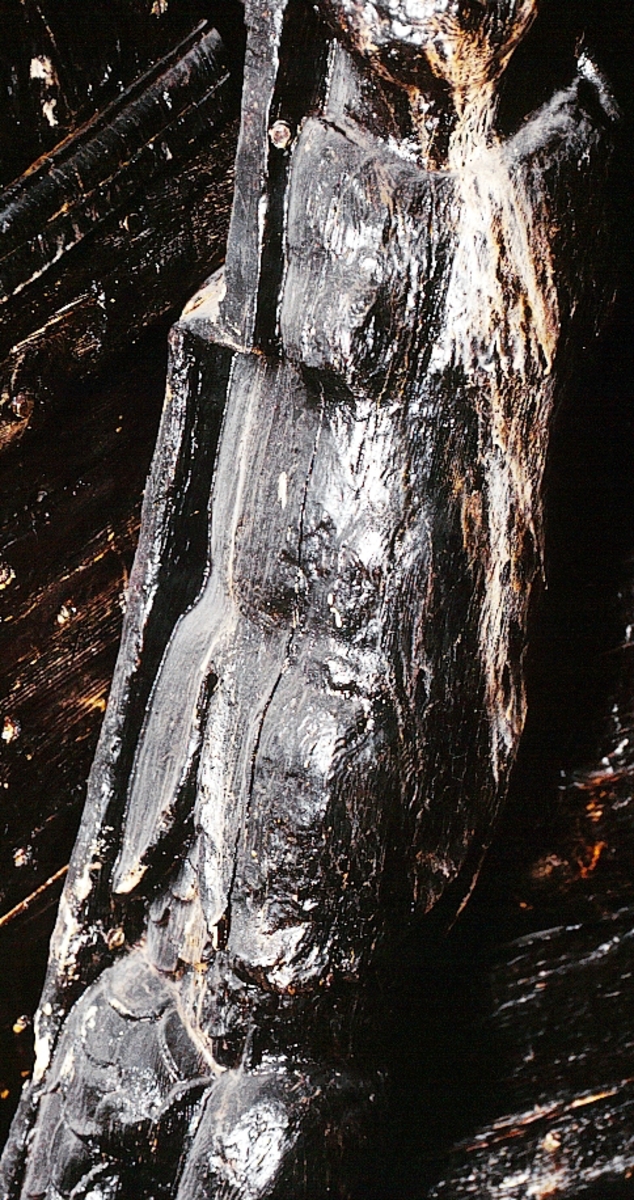
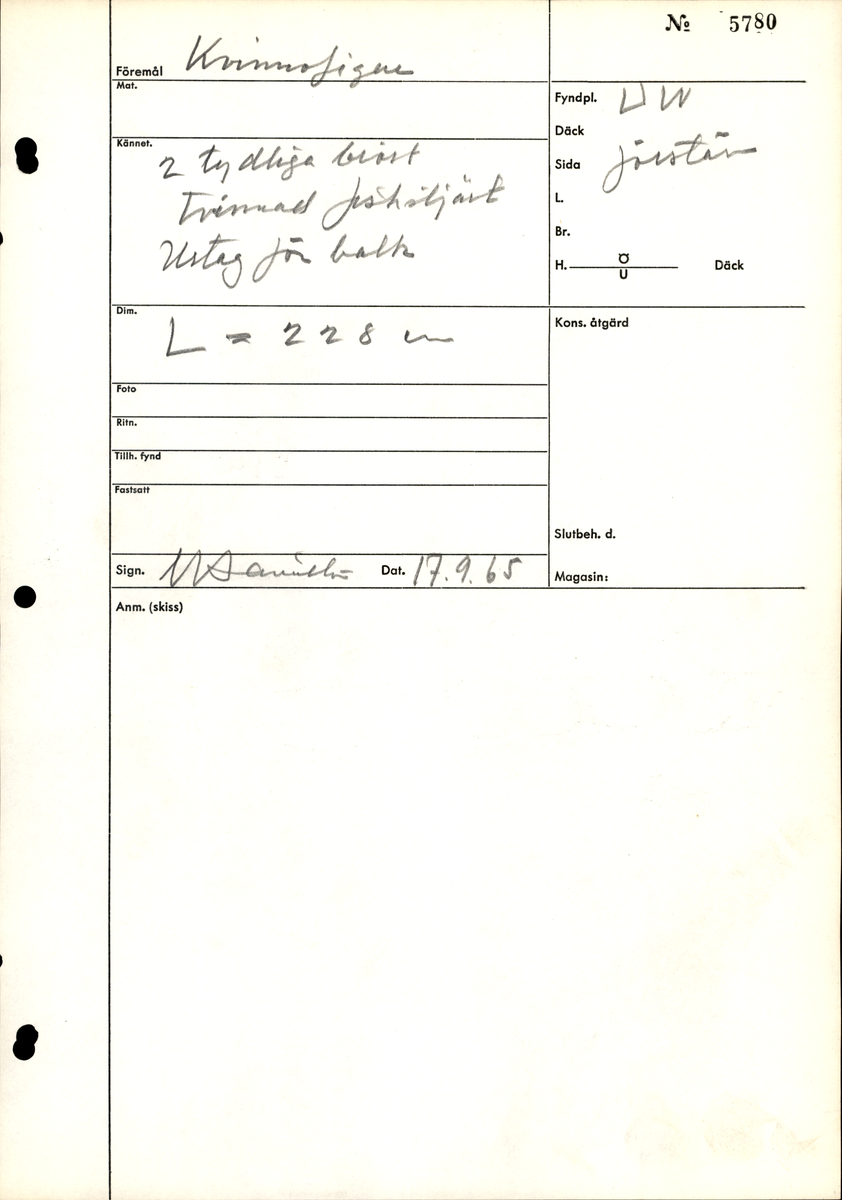
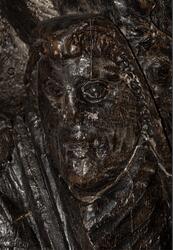
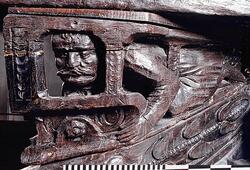
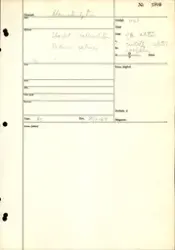


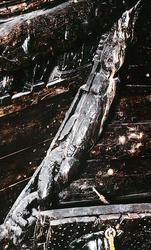
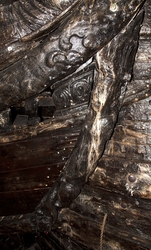
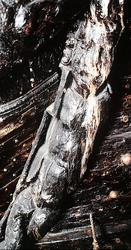
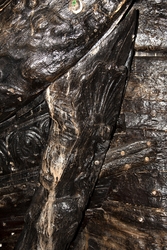
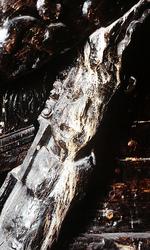
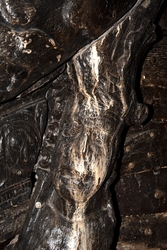
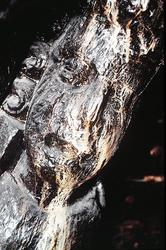
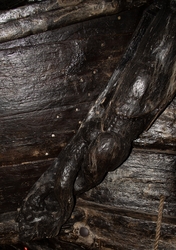
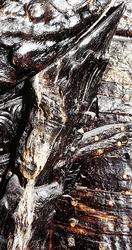
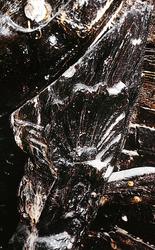
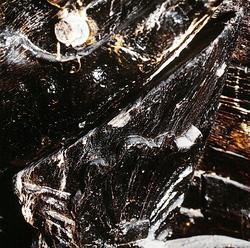
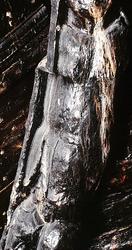
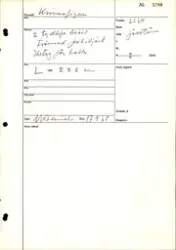
Add a comment or suggest edits
To publish a public comment on the object, select «Leave a comment». To send an inquiry directly to the museum, select «Send an inquiry».